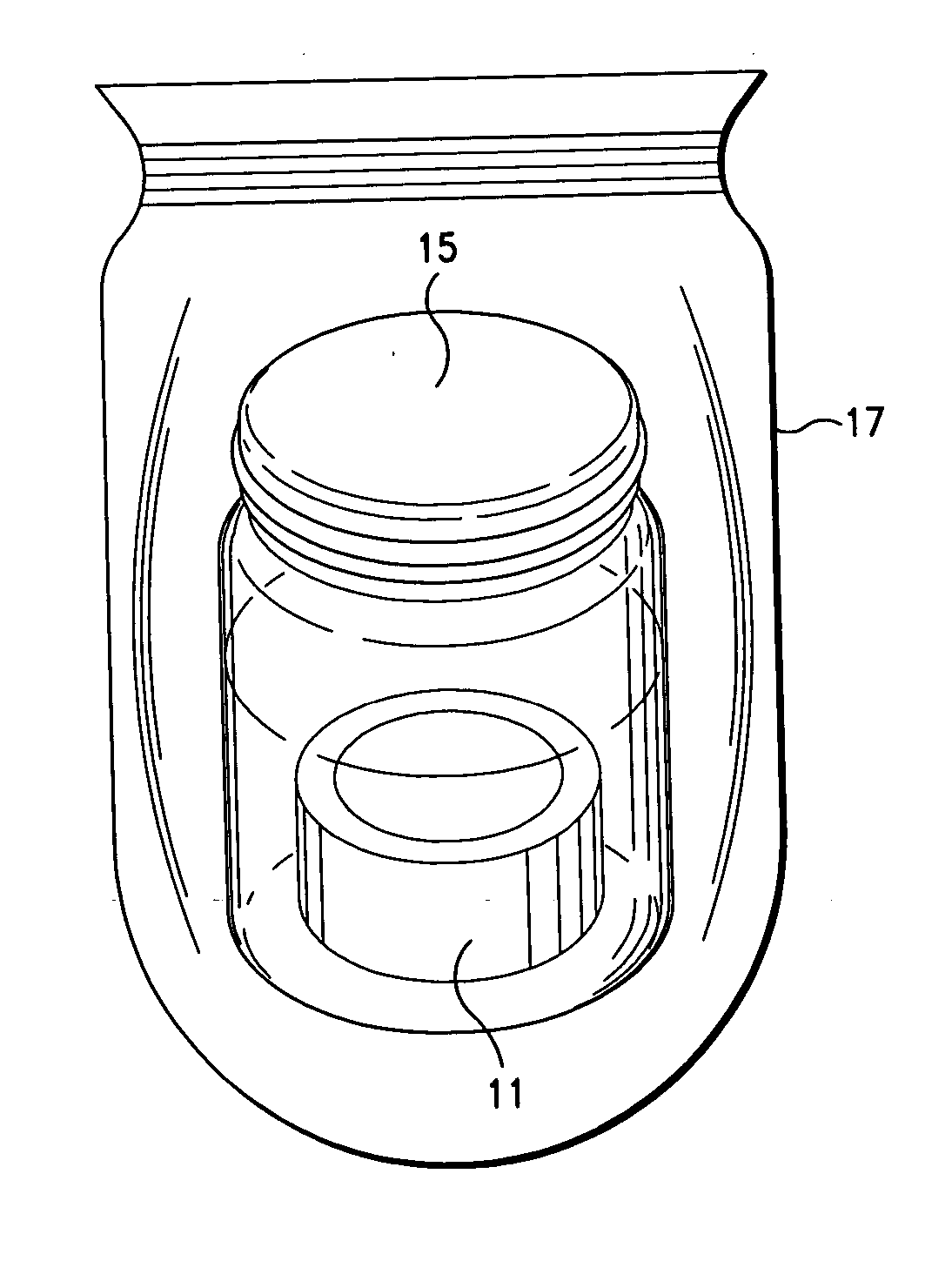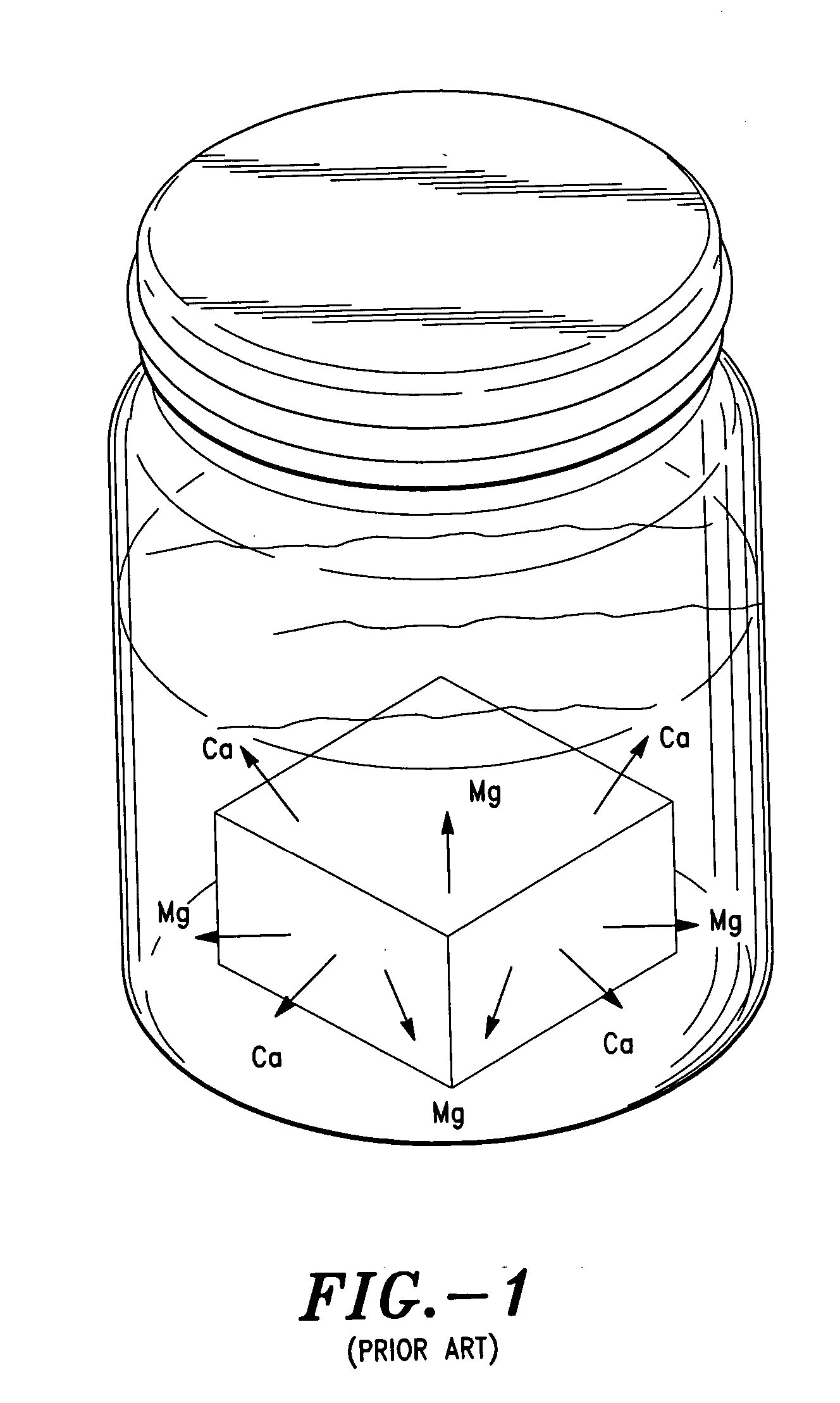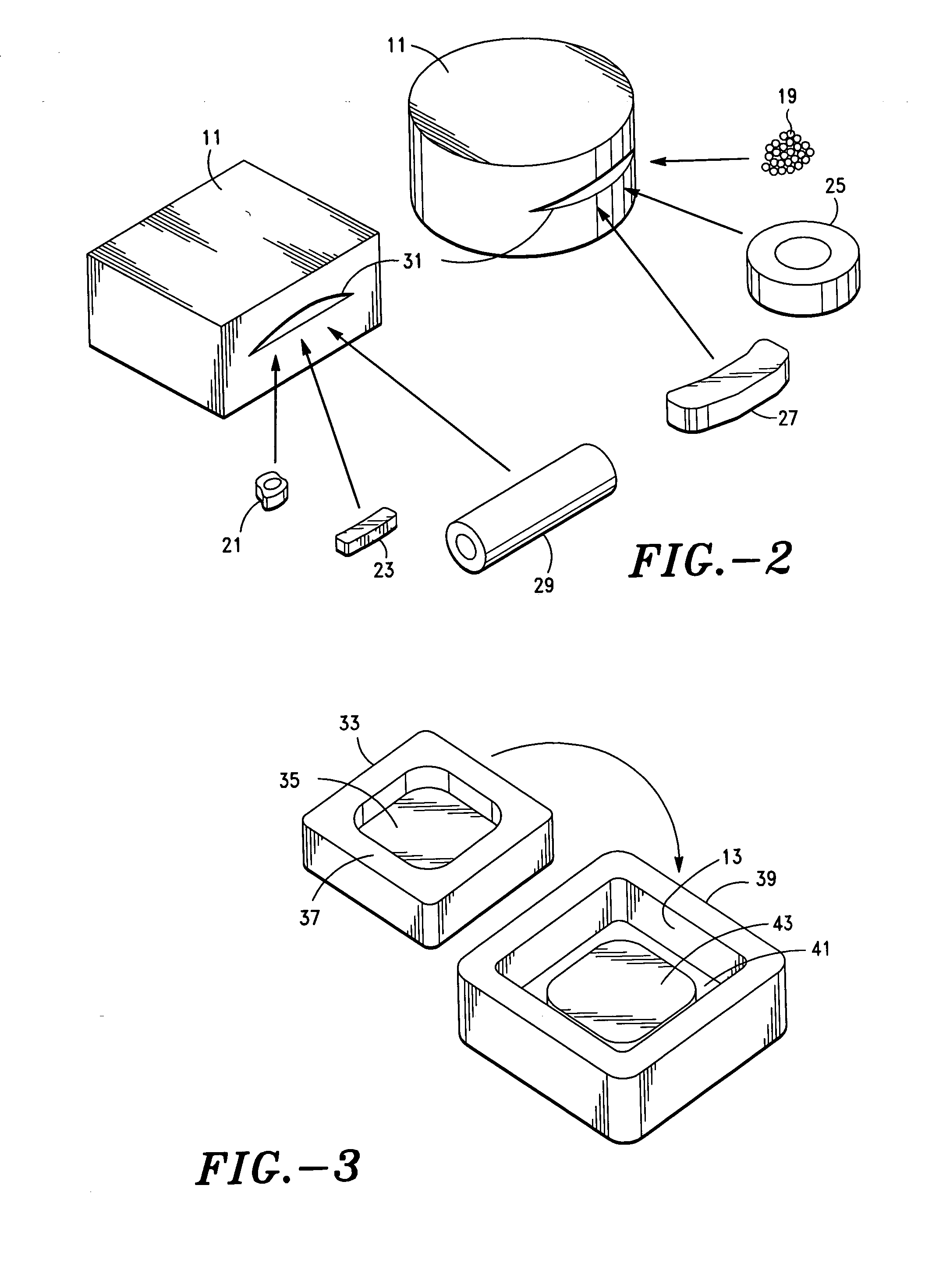Allograft packaging system
a technology of musculoskeletal tissue and packaging system, applied in the field of musculoskeletal tissue and bone packaging and storage system, can solve the problems of time-consuming procedure, affecting the quality of life of people, and requiring fresh frozen allografts to undergo a time-consuming process, so as to reduce the time of revitalization, reduce the preparation time, and economic and convenient utilization
- Summary
- Abstract
- Description
- Claims
- Application Information
AI Technical Summary
Benefits of technology
Problems solved by technology
Method used
Image
Examples
Embodiment Construction
[0051] Reference is made to the drawings for a description of the preferred embodiment of the present invention wherein like reference numbers represent like elements on corresponding views.
[0052] In the procedure for allograft collection, after each donor's muscles, bones, joints, cartilages, tendons, and ligaments are recovered, screened and processed, they are aseptically prepared into three types of tissue and bone allograft prior to packaging. The three conditions of aseptically prepared allograft are: 1) fresh, 2) fresh frozen, and 3) freeze dried. The tissue and bone allograft are then placed into a fluid absorbent sponge container 11, shown in FIGS. 3-10, having an internal cavity 13, for storage and shipping.
[0053] The sponge container 11 is then treated with a procedure required for maintaining the allograft in its prepared condition of either wetted for fresh or rehydrated freeze dried allograft; or refrigerated for fresh frozen allograft; or kept dry for freeze dried a...
PUM
 Login to View More
Login to View More Abstract
Description
Claims
Application Information
 Login to View More
Login to View More - R&D
- Intellectual Property
- Life Sciences
- Materials
- Tech Scout
- Unparalleled Data Quality
- Higher Quality Content
- 60% Fewer Hallucinations
Browse by: Latest US Patents, China's latest patents, Technical Efficacy Thesaurus, Application Domain, Technology Topic, Popular Technical Reports.
© 2025 PatSnap. All rights reserved.Legal|Privacy policy|Modern Slavery Act Transparency Statement|Sitemap|About US| Contact US: help@patsnap.com



